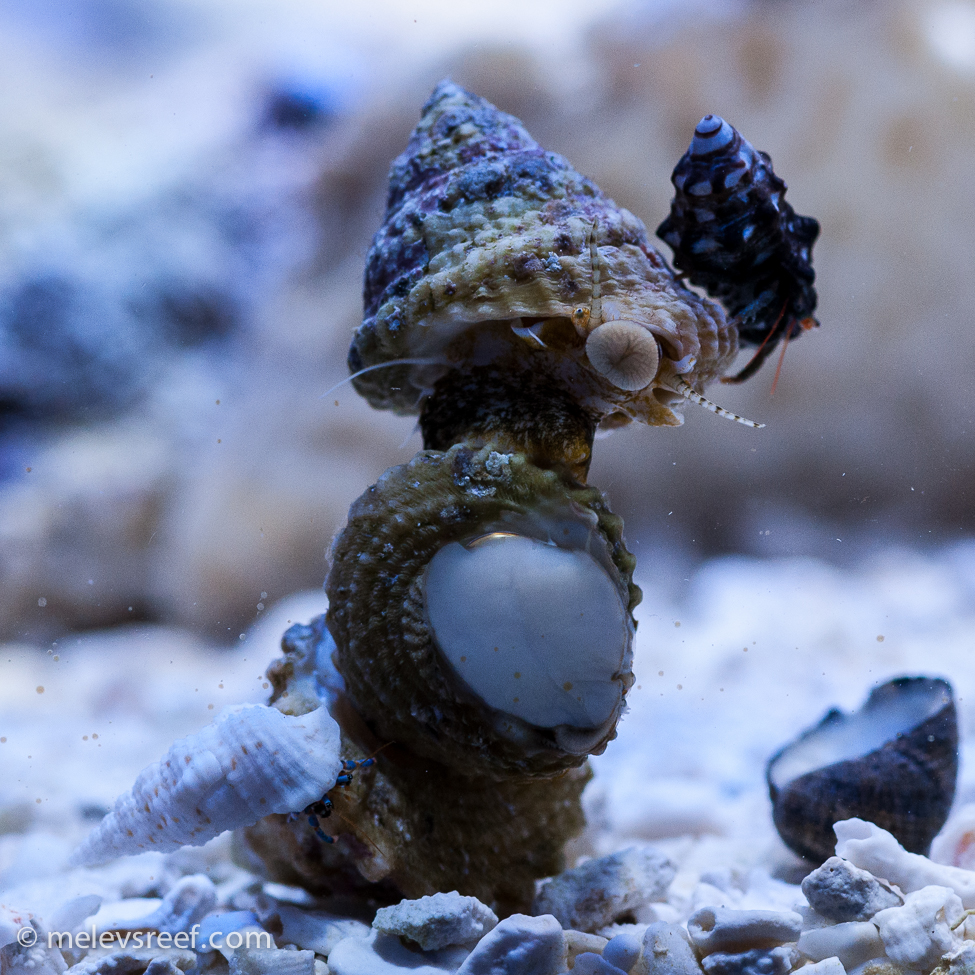I don't think you need to QT the clean up crew at all. While technically it is possible something might sneak in, they are CLEANERS. They are picking each other clean in tanks that really have no food (at the wholesalers as well as at your LFS), and whatever sneaky bit may have tried to get through is almost assuredly devoured by those hungry mouths.
No-one QTs their clean up crew.
You are creating a living biotope, not a museum piece. People set up barren systems with dry sand, dry rock, add a fish, add a coral, add a snail and freak out over the tiniest newcomer. Lots of critters are great, some are even awesome. Yes, over the years I've run into some nasty pests but I just dealt with them. I didn't rip my reef apart to solve it, I just tackled the issue in tank and got it under control.
Here's my video about cycling:
[video]https://www.youtube.com/watch?v=zZEnRLRQKRw[/video]
 alt="">
alt="">

